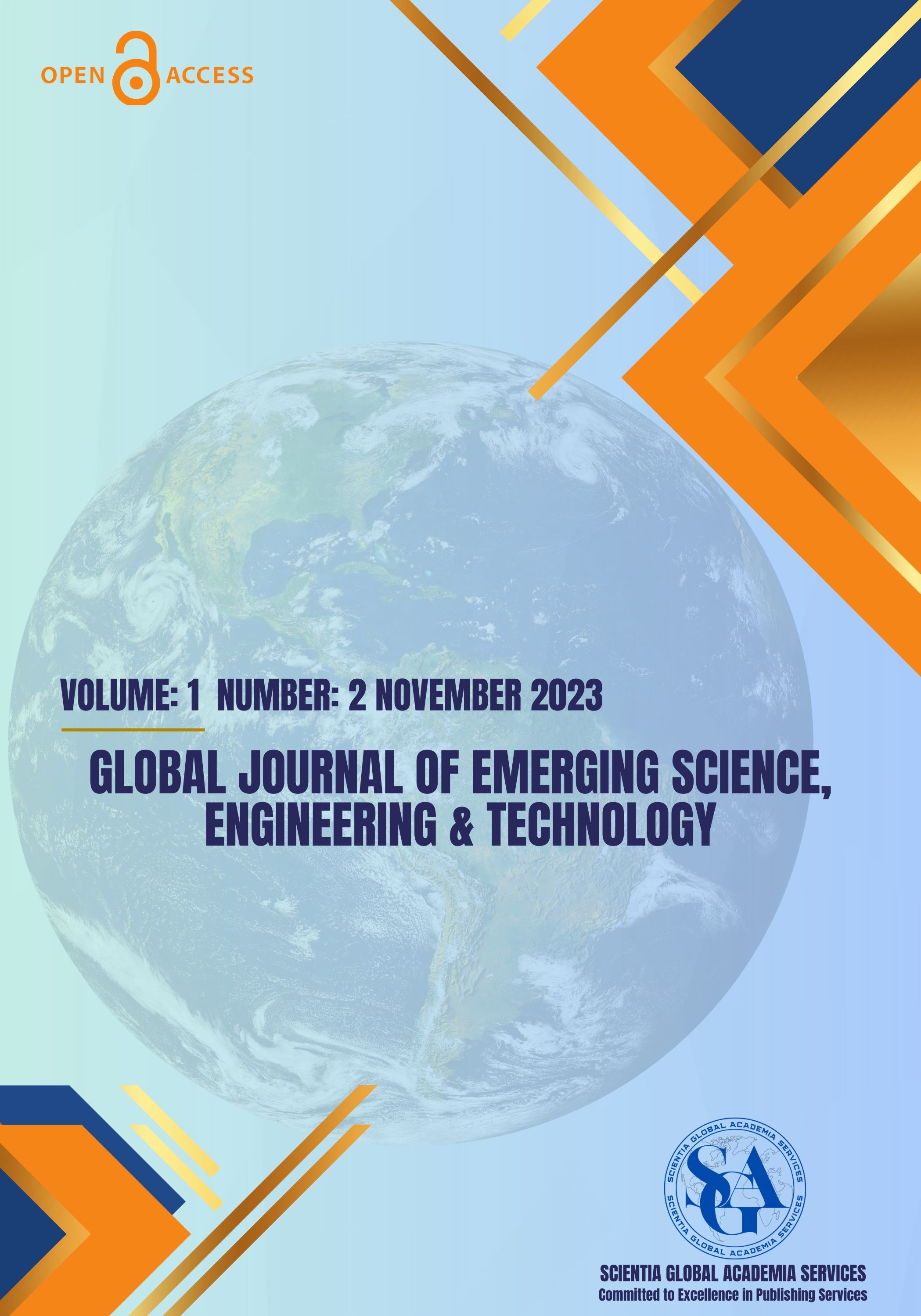Online Teaching at Universities in China: Advancement of Educational Technology or Reality's Helplessness?
Main Article Content
Abstract
The transition to online instruction in Chinese universities, similar to other global regions, may be analyzed from various perspectives. It is a progression in educational technology and an essential response to external factors, such as the COVID-19 outbreak. While technological advancements in the classroom have made online learning possible and increasingly efficient, it has shared difficulties. Many schools were unprepared for the sudden shift to online forms brought on by causes such as the pandemic and environmental issues; this manifests "reality's helplessness." This study adopted a qualitative method and in-depth interviews at selected universities to investigate the online teaching method's lack of some social dimensions fundamental to education, demonstrating significant implications for students' academic and personal growth. Therefore, this paper indicated that there is no "either-or" choice, as both points of view are correct. The outcomes from this study showed the advantages and disadvantages of online education to make better choices that expand kids' access to a high-quality education in China.
Article Details
Section

This work is licensed under a Creative Commons Attribution 4.0 International License.
How to Cite
References
Chengcheng, B. (2021). The Application of "Internet plus+Studio" Teaching Mode in Modern Apprenticeship Teaching-Taking the Architecture Interior Design Major in Higher Vocational Education as an Example. China New Telecommunications, 188–189.
Dede, C. (2000). Emerging influences of information technology on school curriculum. Journal of Curriculum Studies, 32(2), 281–303.
Dingbang, Y., & Luwei, L. (1991). Design Department of Guangzhou Academy of Fine Arts. Decoration, 2, 8–9.
Houming, H., & Dongmin, W. (2014). Early forms of art curriculum in modern Chinese schools. Art Research, 2, 1–17.
Jing, S. (2020). Research on comprehensive art design education. Nanjing university of the arts.
Kirkup, G., & Kirkwood, A. (2005). Information and communications technologies (ICT) in higher education teaching-a tale of gradualism rather than revolution. Learning, Media and Technology, 30(2), 185–199.
Ministry of Education of the People's Republic of China. (2020). The Ministry of Education has issued guiding opinions:Organize and manage online teaching in universities during the epidemic prevention and control period.
Xiao, D. (2018). Research on the Current Situation and Countermeasures of Online Teaching Operation Management in Universities-Evaluation of "Selected Reports on Online Teaching Quality in Universities." 8th International Conference on Education, Management, Information and Management Society, 250, 361–365.
Zhangqing, W. (2019). The Construction of University Practical Teaching System from the Perspective of Applied Talent Training-Taking International Economics and Trade as an Example. CHINA ADULT EDUCATION, 23, 56–59.
Zhenzhen, P. (2021). Practice and Exploration of the Teaching Model of Art Studio. Journal of Eastern Liaoning University ( Social Sciences), 23, 127–132.

